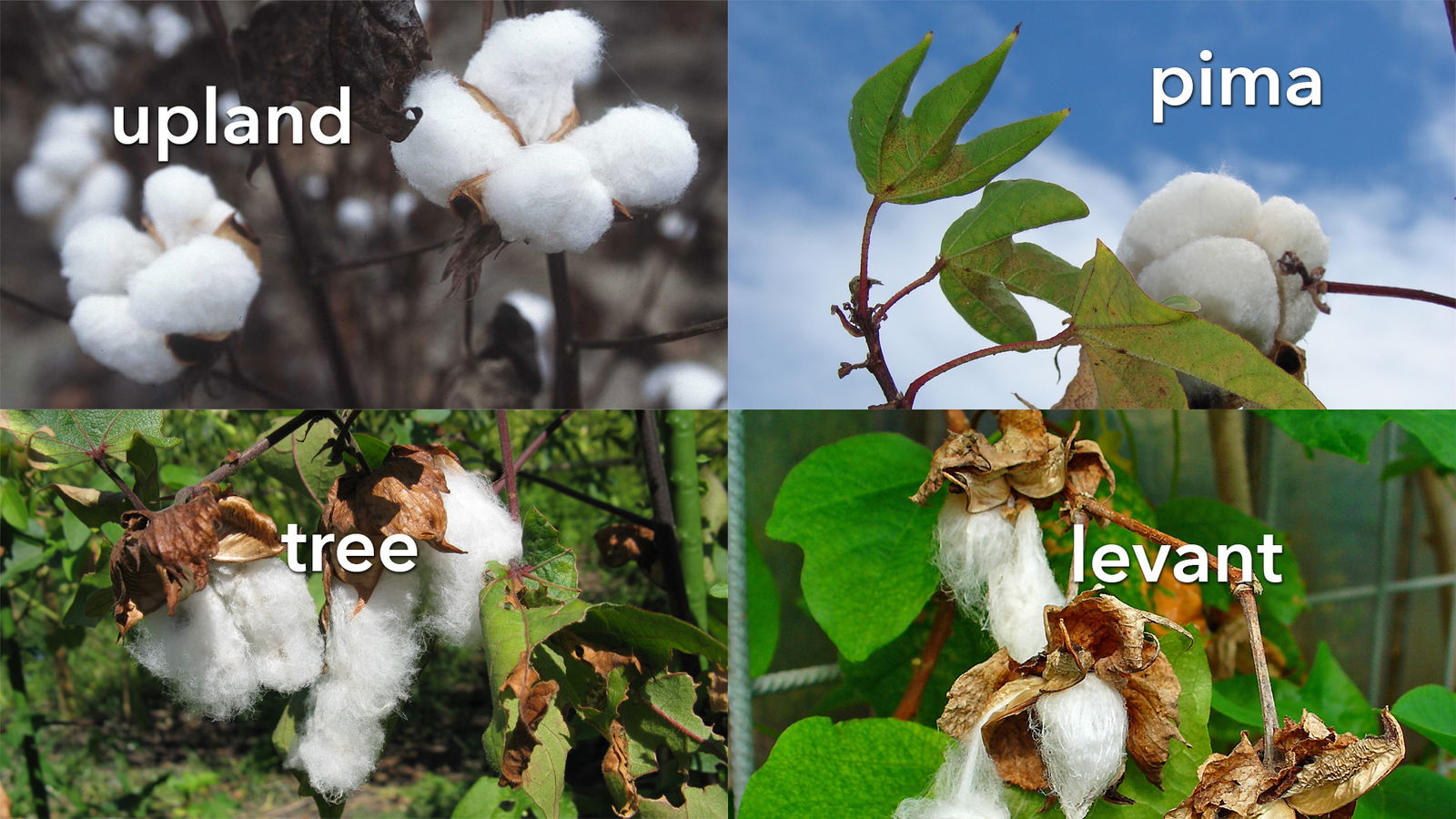
Four species of cotton are farmed. All of them belong to the genus Gossypium.
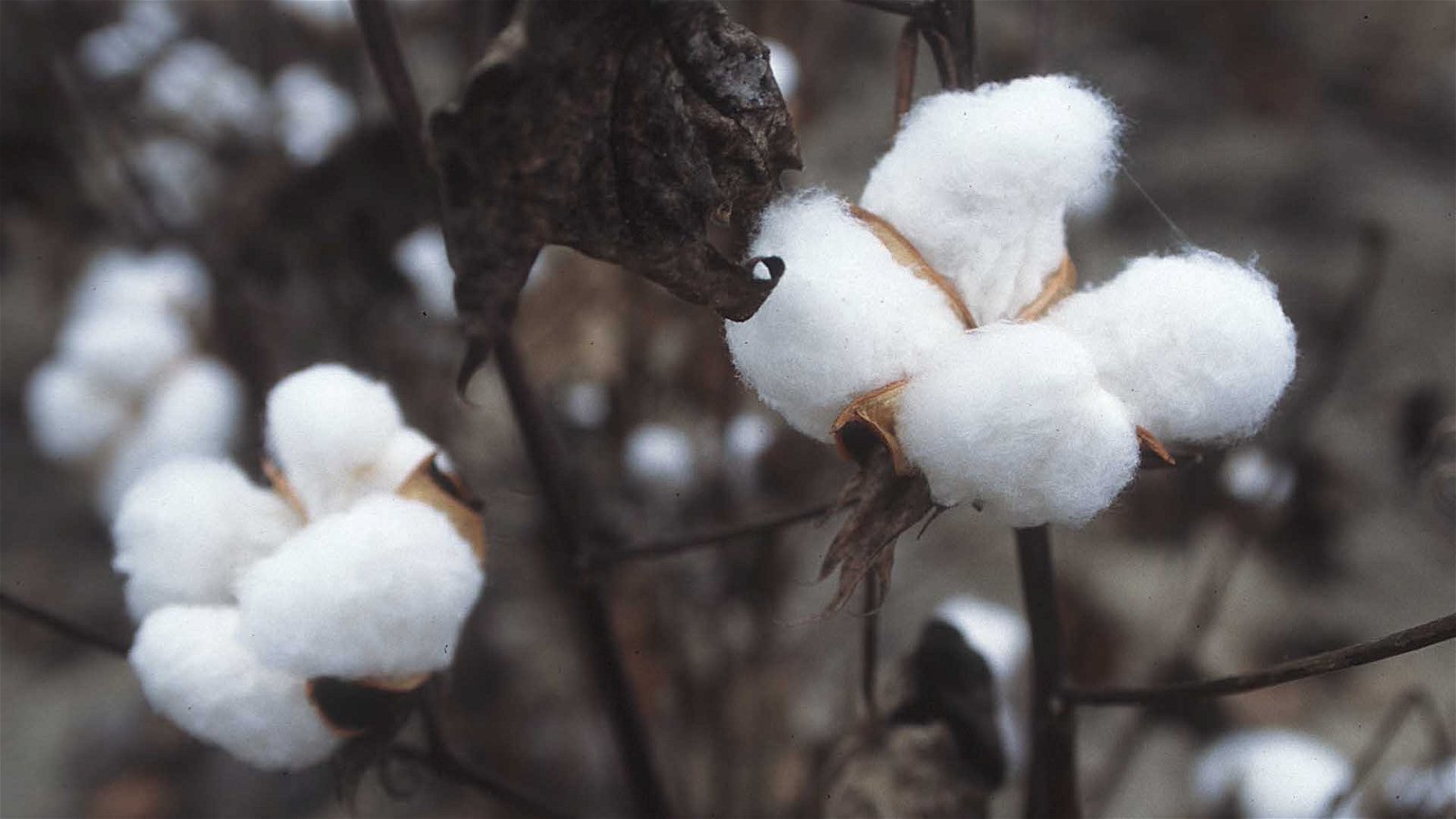
About 90% the cotton grown in the US and around the world is upland cotton (G. hirsutum). The plants produce large amounts of fiber, which is used mainly for clothing like t-shirts and blue jeans, as well as disposable products and paper. Upland cotton is native to the Americas.
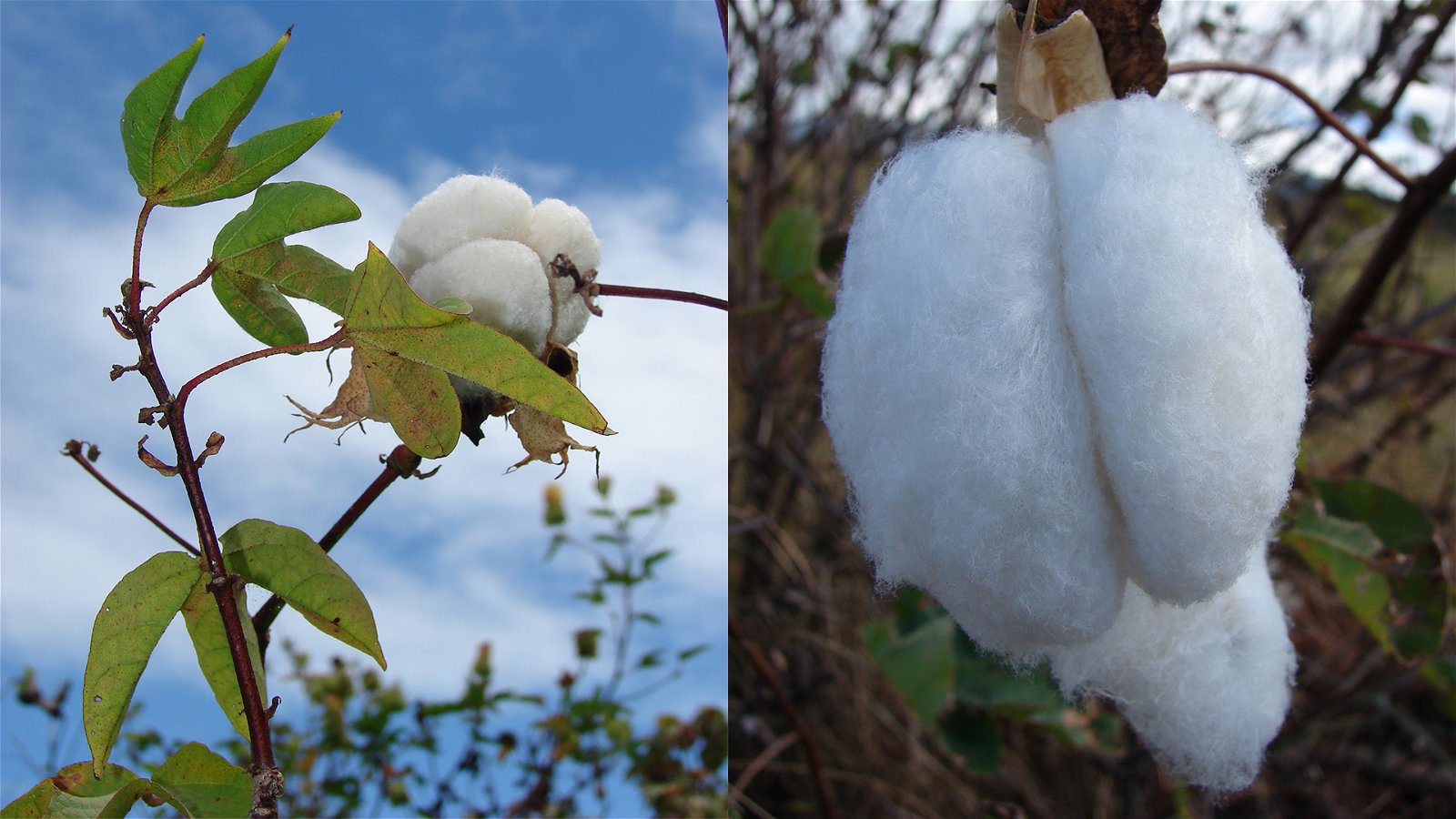
Pima cotton (G. barbadense), also known as Egyptian cotton or extra-long staple cotton, is famous for its long, strong, and silky fibers. The plants are harder to grow than upland, and they produce smaller amounts of fiber—but their fiber is very valuable. It is used for high-quality textiles, like high thread-count sheets and fine dress shirts. Pima cotton is also native to the Americas. (photos by Forest & Kim Star)
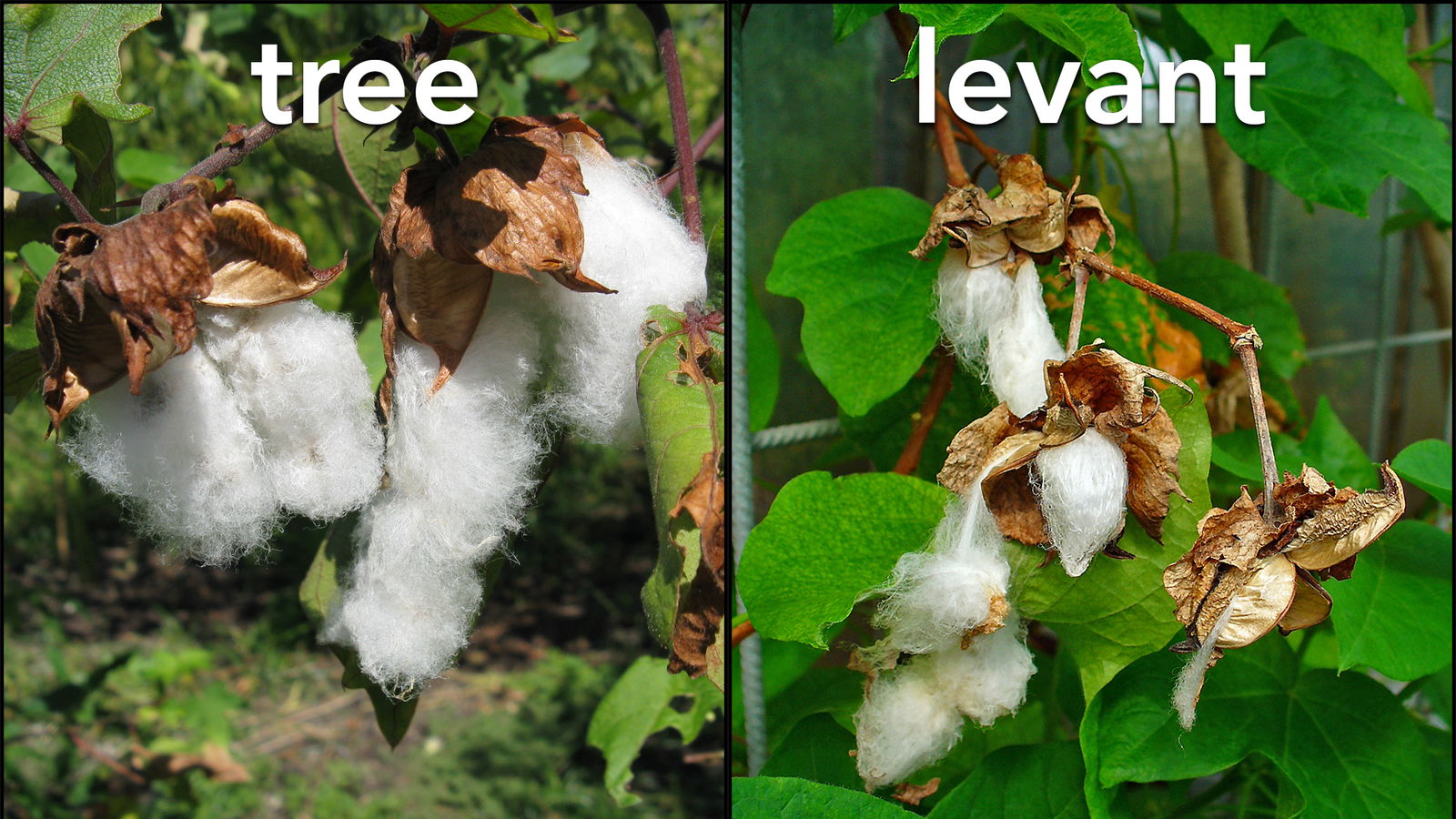
Tree cotton (G. arboreum) is native to India, and Levant cotton (G. herbaceum) is native to Africa. These varieties are less productive than their American relatives, and their fibers are shorter and course, so their usefulness is more limited. Together, they account for just a few percent of the world's commercially produced cotton, though they were more widely used before the modern era. (tree cotton photo by KENPEI, Levant cotton photo by H. Zell)
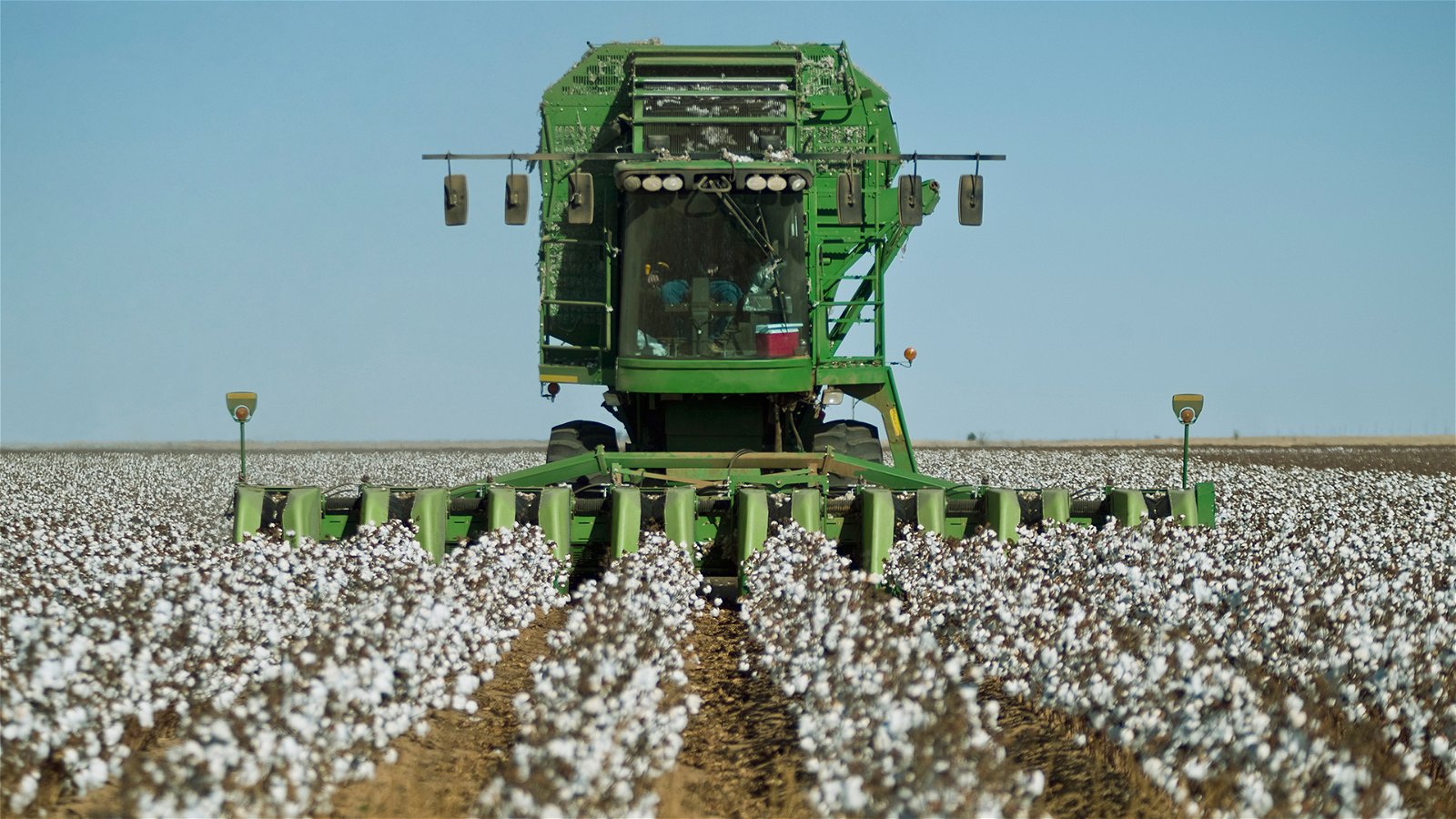 Each year, the US produces about 8.5 billon pounds (3.9 billion kg) of cotton fiber.
Each year, the US produces about 8.5 billon pounds (3.9 billion kg) of cotton fiber. If all of that fiber were made into fabric...
If all of that fiber were made into fabric...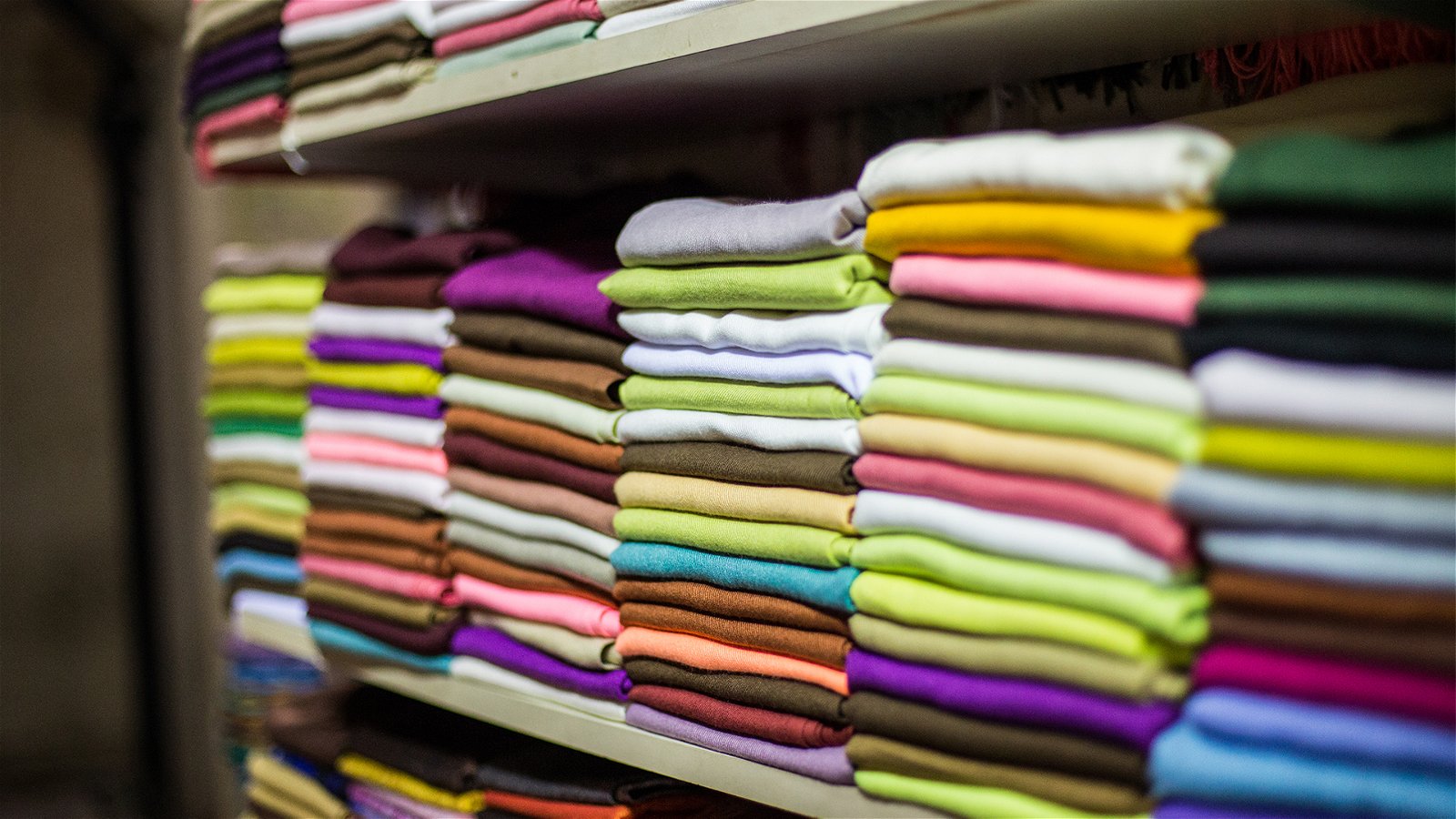 ...and the fabric were made into t-shirts, that would be enough to make nearly 3 t-shirts for every person on the planet!
...and the fabric were made into t-shirts, that would be enough to make nearly 3 t-shirts for every person on the planet!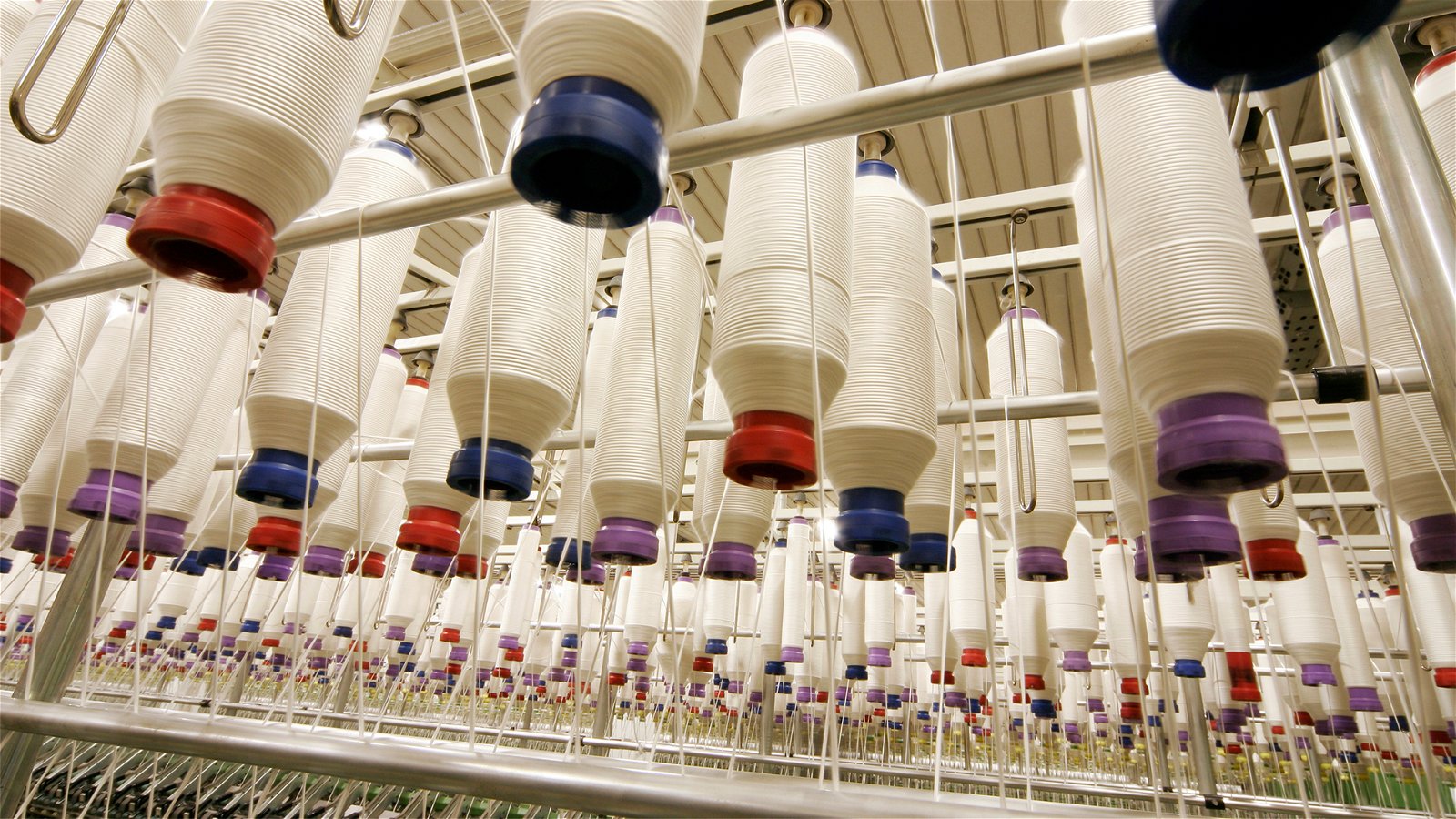 China and India produce even more cotton than the US—about 17.5 and 13.3 billion pounds, respectively.
China and India produce even more cotton than the US—about 17.5 and 13.3 billion pounds, respectively.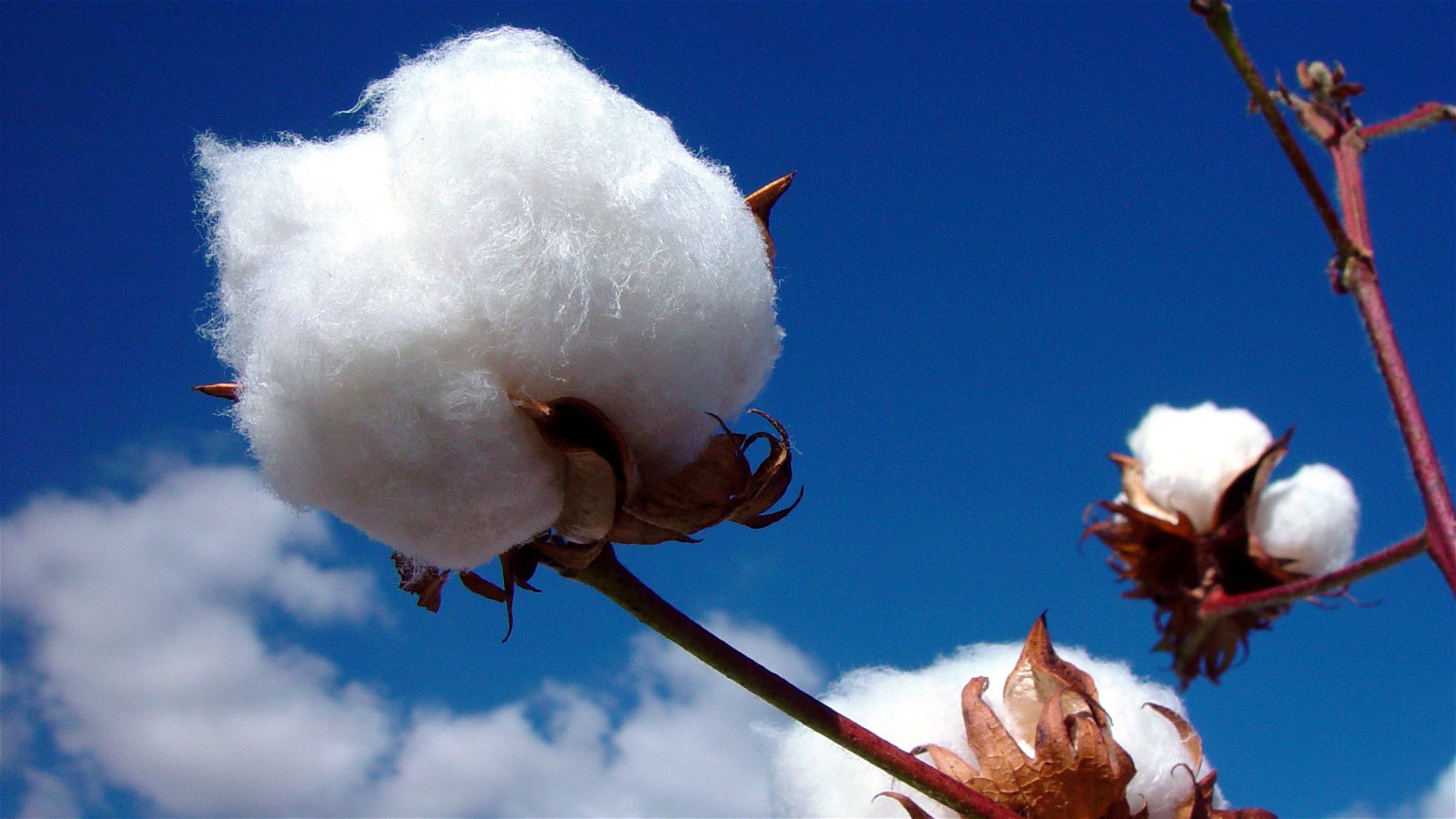 This is a cotton plant.
This is a cotton plant. If you look around your home, you'll find lots of things that are made from cotton—like clothing, sheets, and towels. Cotton batting is often used to stuff furniture and mattress.
If you look around your home, you'll find lots of things that are made from cotton—like clothing, sheets, and towels. Cotton batting is often used to stuff furniture and mattress. Lots of disposable products are made from cotton—cotton swabs, cotton balls, bandages, feminine products, wipes, diapers.
Lots of disposable products are made from cotton—cotton swabs, cotton balls, bandages, feminine products, wipes, diapers. You'll find it in book bindings and paper money.
You'll find it in book bindings and paper money.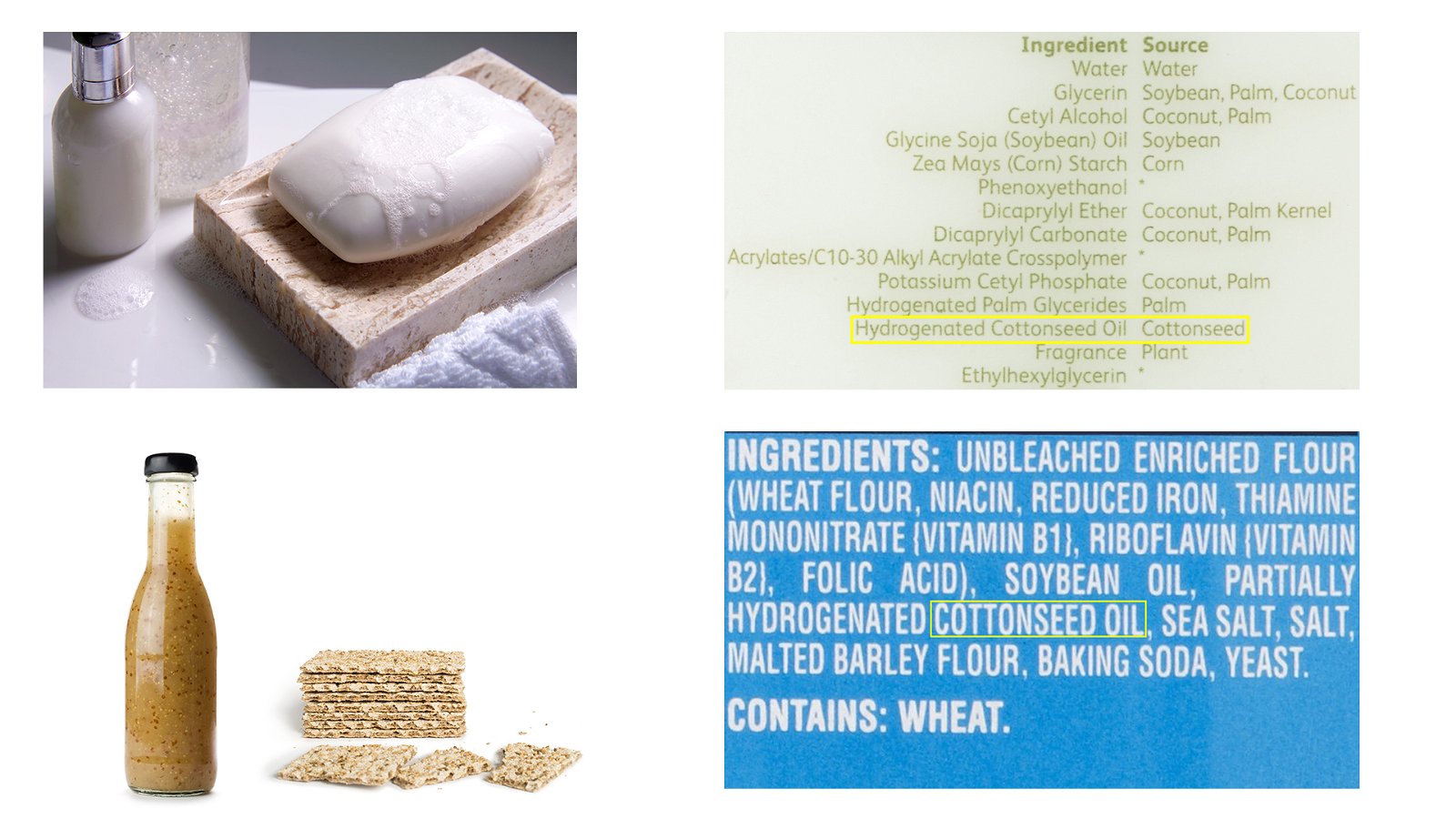 The seeds are useful too. You can probably find cotton seed oil in your kitchen. It's also used in things like soap, lotion, candles, and paint.
The seeds are useful too. You can probably find cotton seed oil in your kitchen. It's also used in things like soap, lotion, candles, and paint.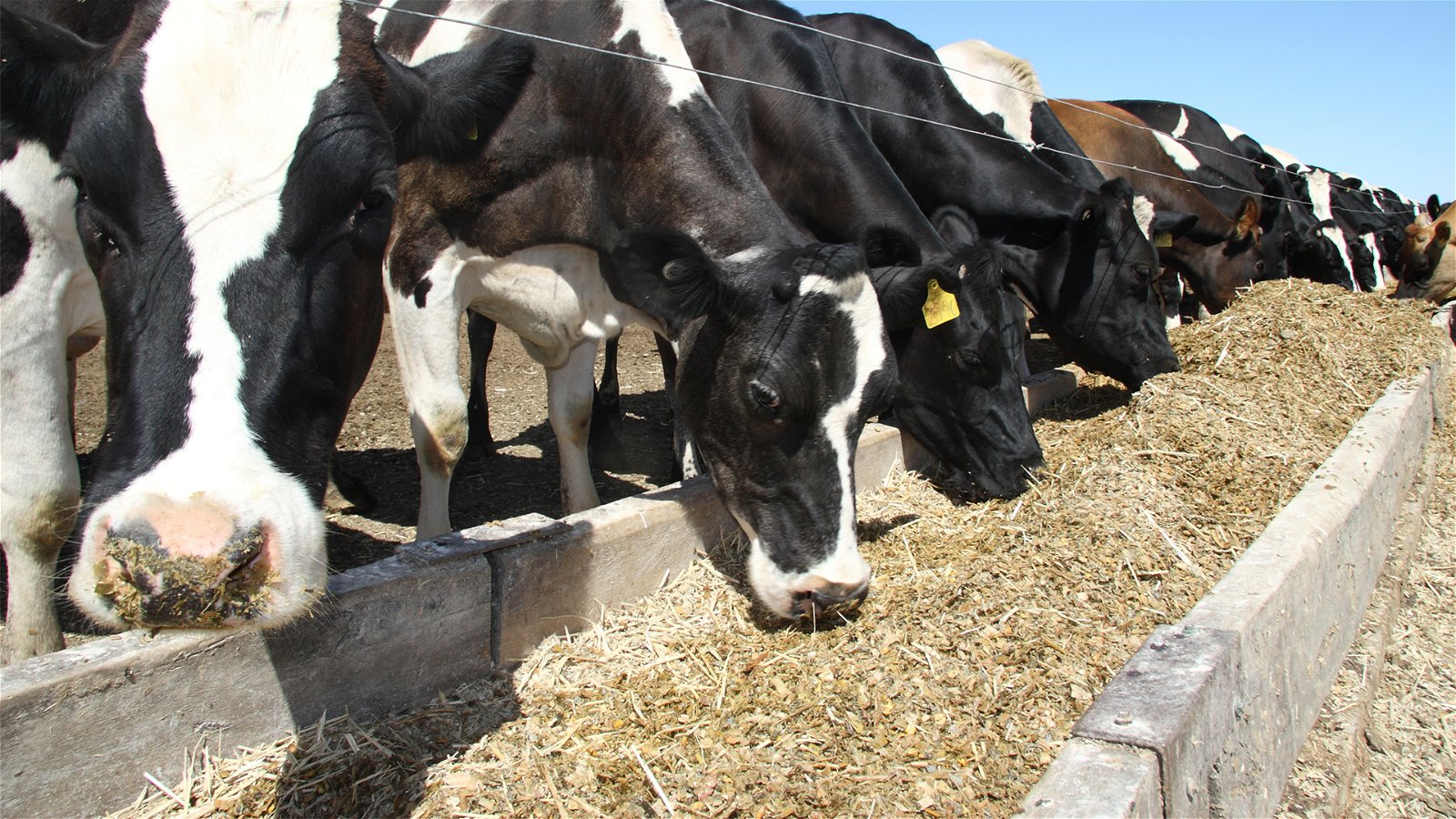 After the oil is pressed out, the remaining high-protein "meal" can be made into fertilizer or added to food for animals.
After the oil is pressed out, the remaining high-protein "meal" can be made into fertilizer or added to food for animals. Four species of cotton are farmed. All of them belong to the genus Gossypium.
Four species of cotton are farmed. All of them belong to the genus Gossypium. Pima cotton (G. barbadense), also known as Egyptian cotton or extra-long staple cotton, is famous for its long, strong, and silky fibers. The plants are harder to grow than upland, and they produce smaller amounts of fiber—but their fiber is very valuable. It is used for high-quality textiles, like high thread-count sheets and fine dress shirts. Pima cotton is also native to the Americas. (photos by Forest & Kim Star)
Pima cotton (G. barbadense), also known as Egyptian cotton or extra-long staple cotton, is famous for its long, strong, and silky fibers. The plants are harder to grow than upland, and they produce smaller amounts of fiber—but their fiber is very valuable. It is used for high-quality textiles, like high thread-count sheets and fine dress shirts. Pima cotton is also native to the Americas. (photos by Forest & Kim Star) Tree cotton (G. arboreum) is native to India, and Levant cotton (G. herbaceum) is native to Africa. These varieties are less productive than their American relatives, and their fibers are shorter and course, so their usefulness is more limited. Together, they account for just a few percent of the world's commercially produced cotton, though they were more widely used before the modern era. (tree cotton photo by KENPEI, Levant cotton photo by H. Zell)
Tree cotton (G. arboreum) is native to India, and Levant cotton (G. herbaceum) is native to Africa. These varieties are less productive than their American relatives, and their fibers are shorter and course, so their usefulness is more limited. Together, they account for just a few percent of the world's commercially produced cotton, though they were more widely used before the modern era. (tree cotton photo by KENPEI, Levant cotton photo by H. Zell)